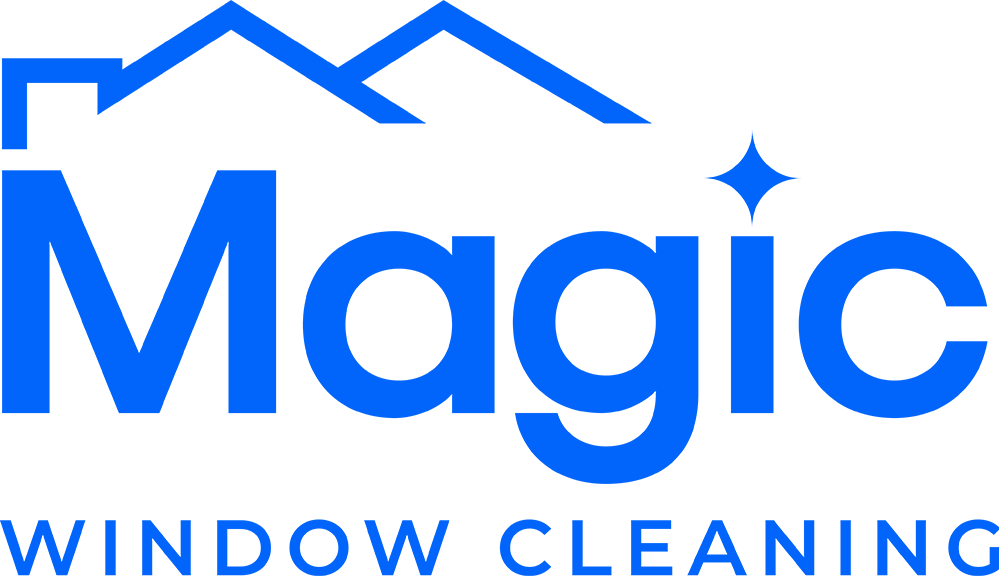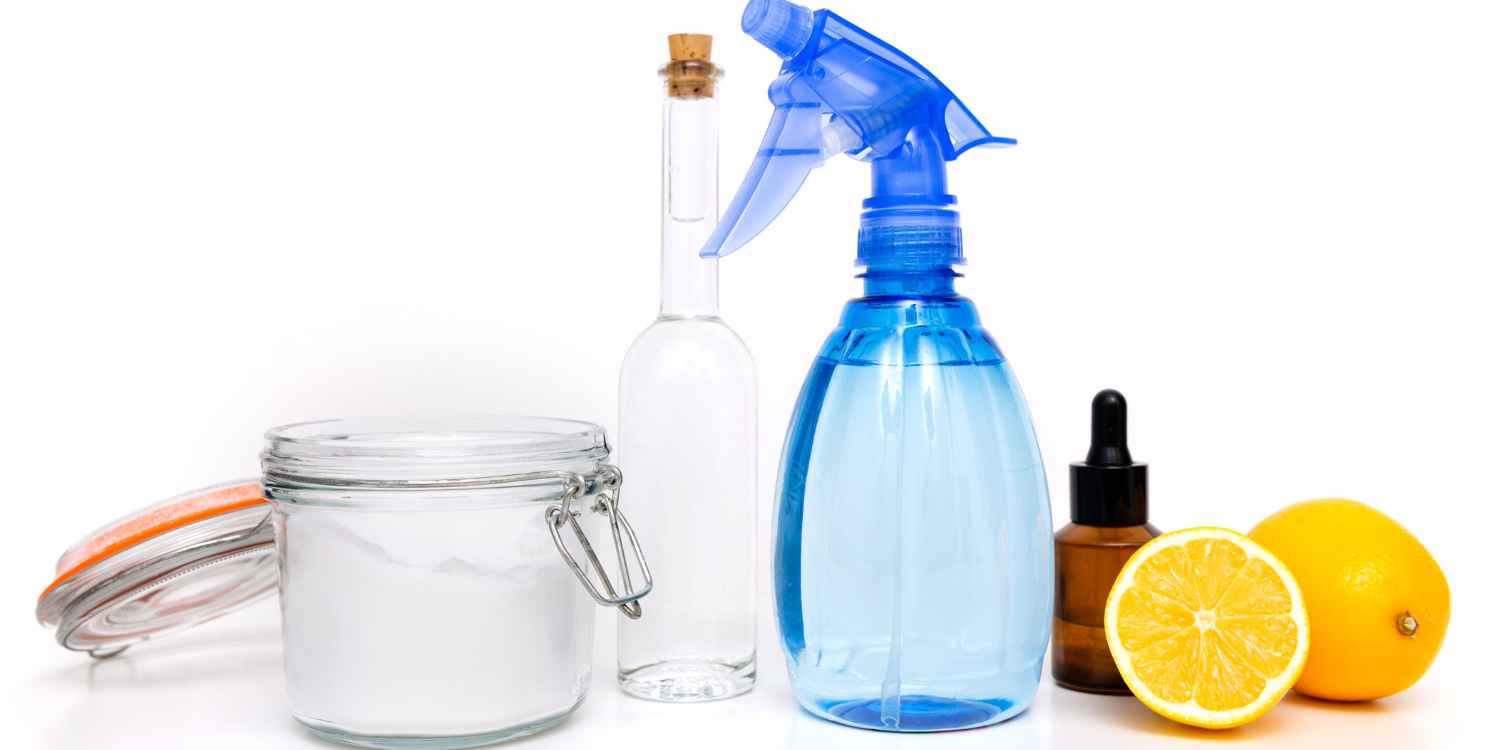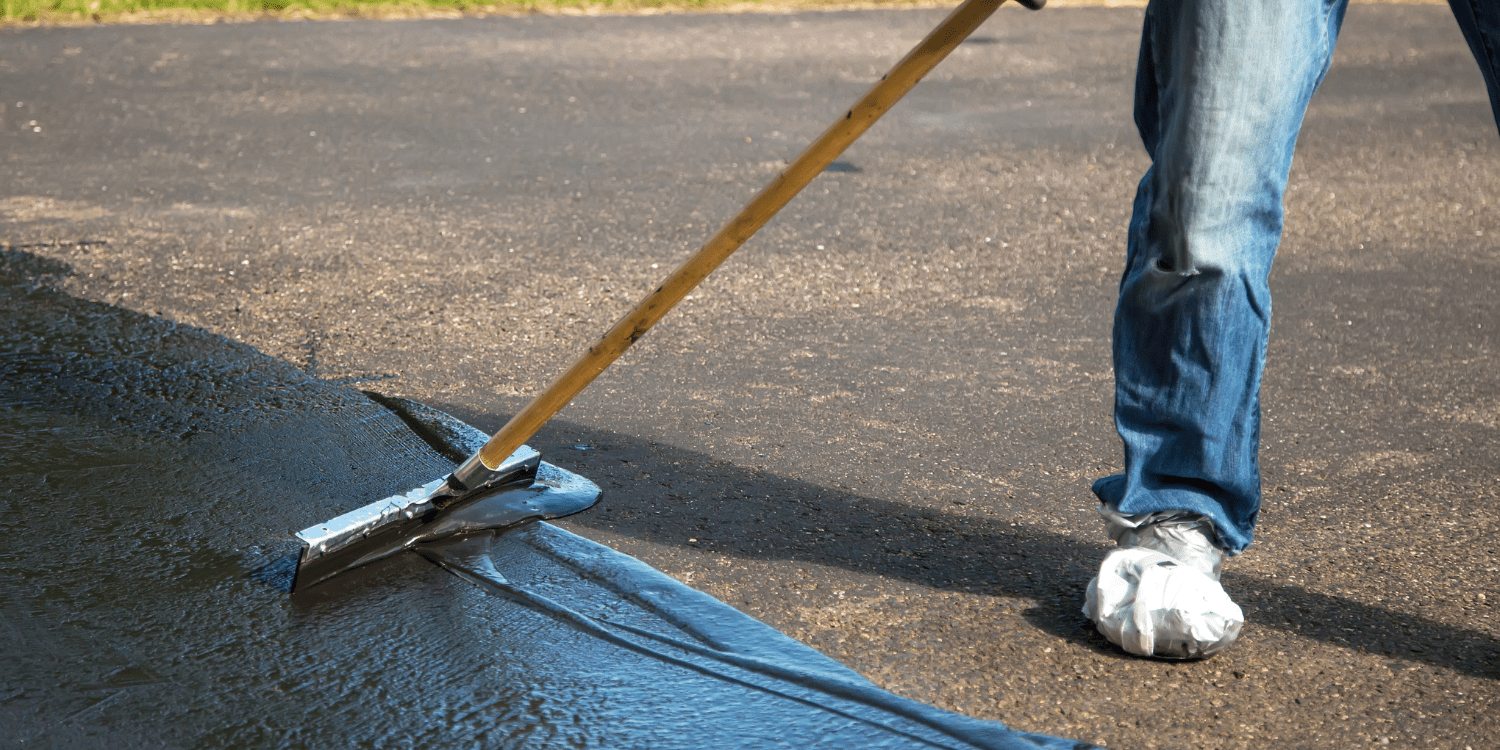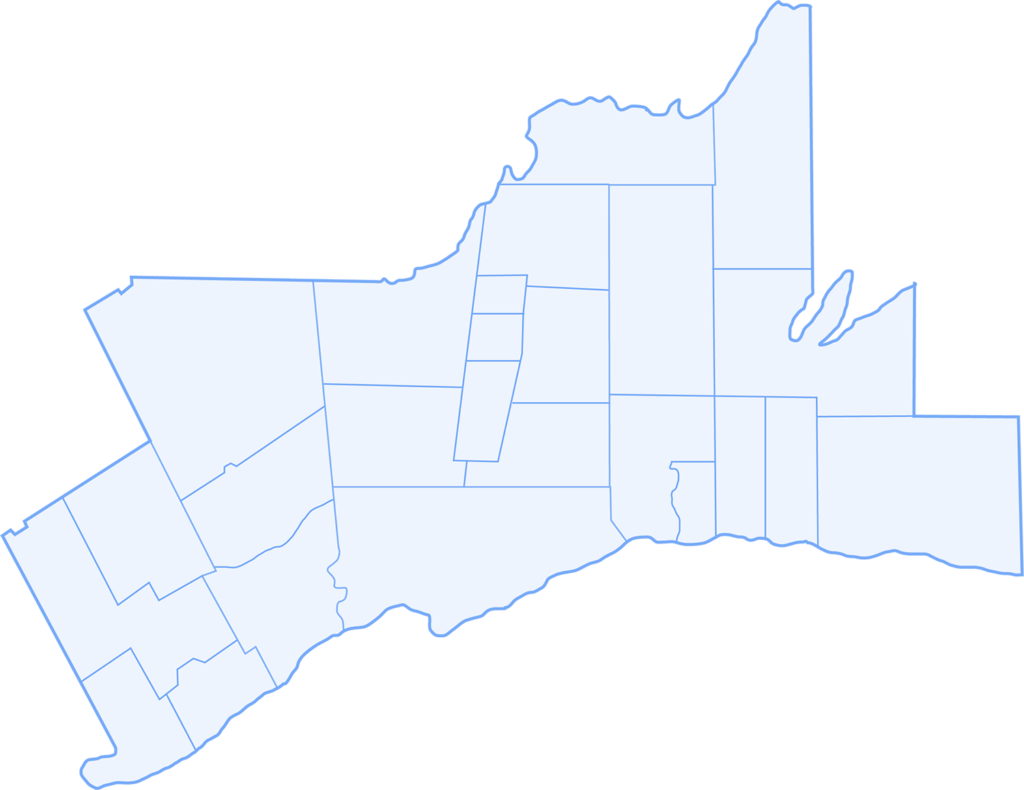Introduction:
Power washing, also known as pressure washing, is a highly effective method for cleaning outdoor surfaces, from driveways and sidewalks to siding and decks. With the right equipment and techniques, power washing can restore the appearance of your home or property, removing dirt, grime, mold, and mildew buildup. However, it’s essential to understand the proper techniques and safety precautions to achieve optimal results and avoid damage. In this comprehensive guide, we’ll delve into the world of power washing, providing tips, techniques, and safety precautions for a successful cleaning experience, making it the ultimate Guide to Power Washing.
Understanding Power Washing:
- What is Power Washing?
Power washing involves using high-pressure water to clean surfaces, removing dirt, stains, and contaminants. It typically utilizes a motorized pump to generate water pressure, which is then directed through a wand or nozzle at the surface being cleaned. Power washing is a versatile cleaning method suitable for various outdoor surfaces, including concrete, brick, wood, vinyl, and metal.
- Benefits of Power Washing:
Power washing offers several benefits, including:
- Deep cleaning: The high-pressure water stream penetrates deep into pores and crevices, effectively removing embedded dirt and grime.
- Time-saving: Power washing can quickly cover large areas, reducing the time and effort required for manual scrubbing or cleaning.
- Restoration: Power washing can rejuvenate the appearance of surfaces, restoring them to their original condition and enhancing curb appeal.
- Preventive maintenance: Regular power washing helps prevent the buildup of mold, mildew, and algae, prolonging the lifespan of outdoor surfaces.
Tips for Effective Power Washing:
- Choose the Right Equipment:
Select a power washer with the appropriate pressure and flow rate for the surfaces you’ll be cleaning. For residential use, a pressure washer with a pressure rating of 1,300 to 2,400 pounds per square inch (PSI) is typically sufficient. Consider whether you need a gas-powered or electric-powered model based on portability and convenience.
- Use the Correct Nozzle:
Different nozzles produce varying spray patterns and pressures, suitable for different cleaning tasks. Use a wide-angle nozzle for general cleaning and a narrow-angle nozzle for stubborn stains or detailing. Start with a low-pressure nozzle and gradually increase pressure as needed to avoid damaging delicate surfaces.
- Practice Proper Technique:
Hold the power washer wand at a consistent distance from the surface being cleaned, typically 6 to 12 inches away. Use smooth, overlapping strokes to ensure thorough coverage and prevent streaking. Work from top to bottom to prevent dirt and debris from dripping onto already cleaned areas.
- Apply Detergent Wisely:
Use a suitable detergent or cleaning solution designed for power washing to enhance cleaning effectiveness. Apply the detergent evenly to the surface using a low-pressure setting, allowing it to penetrate and loosen dirt and grime before rinsing.
Safety Precautions for Power Washing:
- Wear Protective Gear:
Always wear appropriate personal protective equipment (PPE), including safety goggles or glasses, gloves, and closed-toe shoes, to protect against flying debris and chemical splashes. Consider wearing hearing protection if operating a loud gas-powered pressure washer.
- Mind Electrical Hazards:
If using an electric-powered pressure washer, be mindful of electrical hazards, especially when using water near electrical outlets or power lines. Use a ground fault circuit interrupter (GFCI) to prevent electrical shocks and ensure that all electrical connections are secure and dry.
- Avoid High Pressure on Delicate Surfaces:
Exercise caution when using high-pressure settings or narrow-angle nozzles on delicate surfaces such as wood, vinyl siding, or painted surfaces. High pressure can cause damage, including etching, splintering, or stripping away paint or finishes.
- Watch for Slippery Surfaces:
Power washing can make surfaces slippery, increasing the risk of slips and falls. Use caution when walking on wet surfaces and consider using anti-slip footwear or applying non-slip coatings to high-traffic areas.
Conclusion:
Power washing is a highly effective method for cleaning outdoor surfaces, offering numerous benefits for homeowners and property managers. By following the tips, techniques, and safety precautions outlined in this guide, you can achieve professional-quality results while minimizing the risk of damage or injury. Whether you’re cleaning driveways, sidewalks, decks, or siding, power washing can rejuvenate the appearance of your property and enhance its curb appeal. Take the time to select the right equipment, practice proper technique, and prioritize safety to ensure a successful power washing experience.






